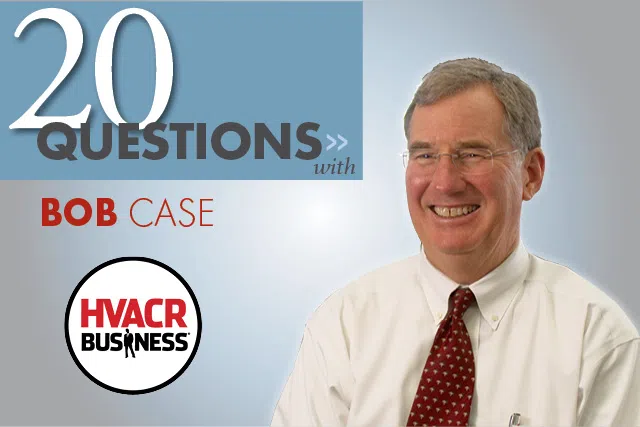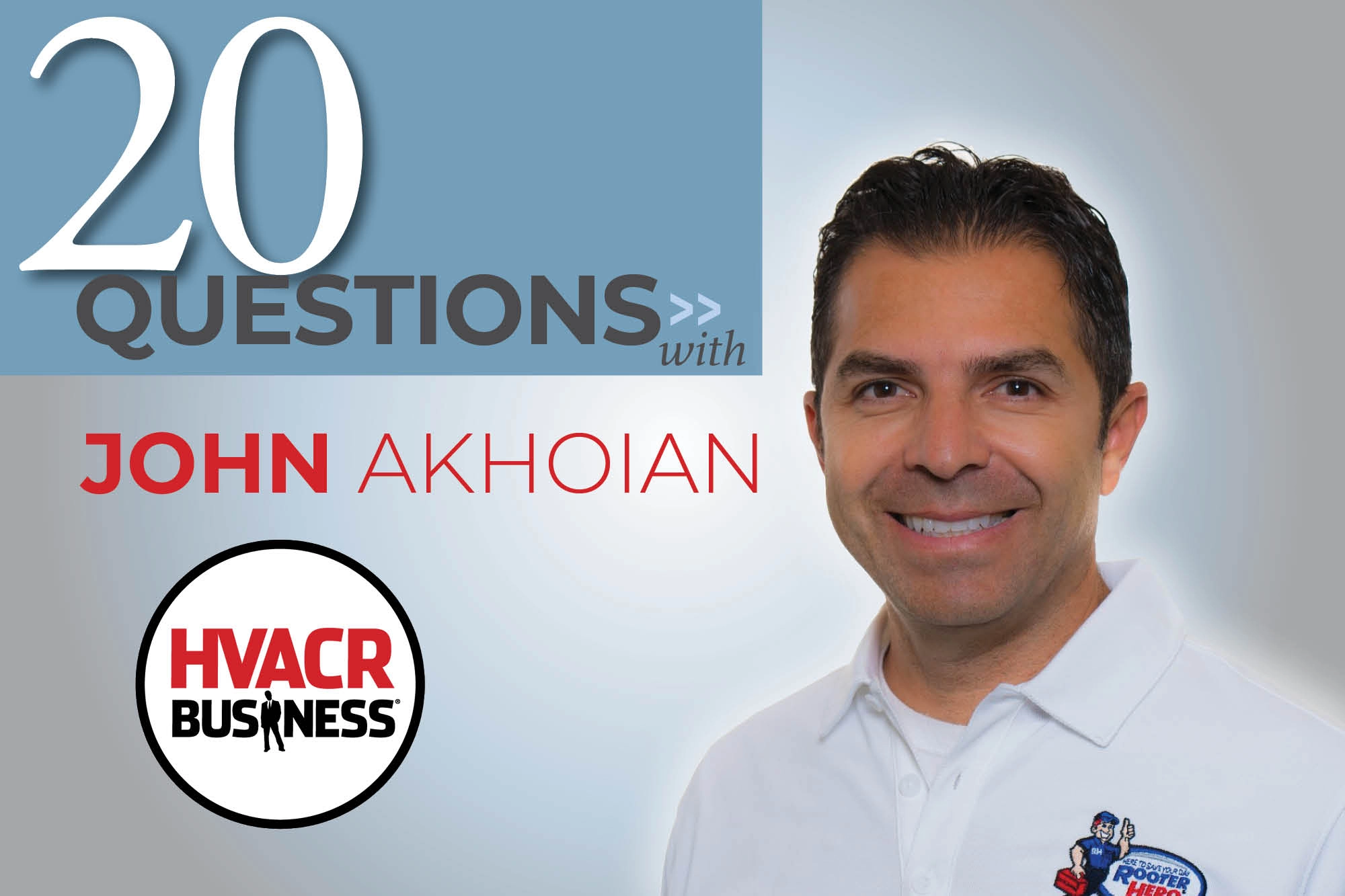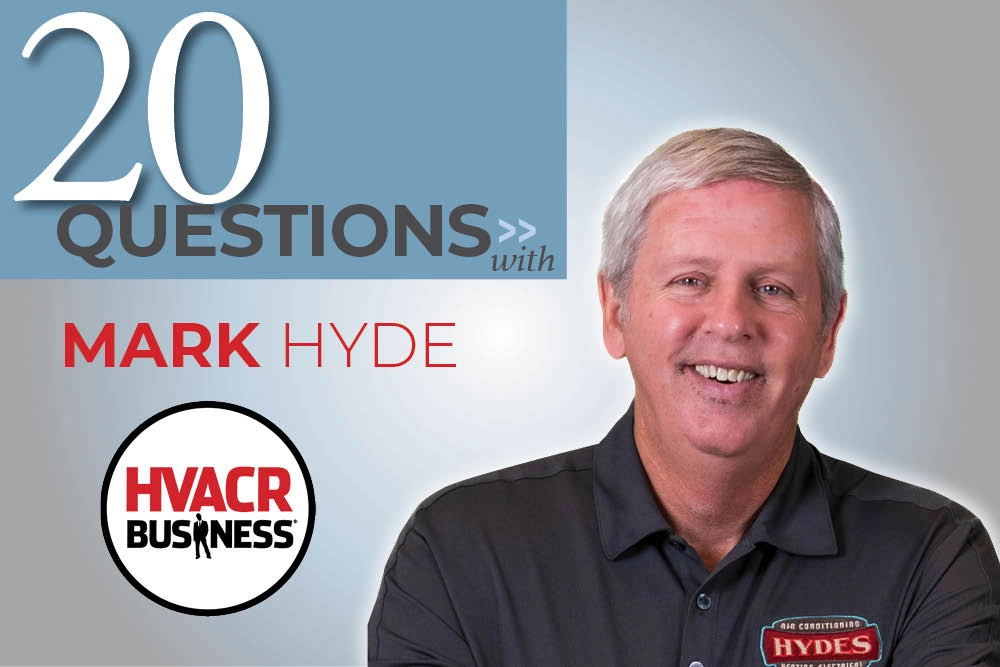Terry Tanker met with Bob Case, chief executive officer for GARDINER, at the company’s headquarters in Solon, Ohio. Recently, GARDINER made a big change when it switched from a long-standing vendor relationship to a new one. The two discussed the major transition and its challenges, as well as management styles and industry technology.
1. Can you tell us about your background?
I was born in Cleveland, but moved around a lot early in life. I spent most of my youth in the St. Louis area and then attended the University of Missouri for engineering before moving back to Cleveland.
2. What attracted you to the HVACR industry?
After graduation, I learned I didn’t want to be behind a drafting table all day, nor did I want to work in a plant doing time and motion studies. I found the sales engineer description of interest, so I signed on with Trane for its sales engineer program.
3. How did you get your start with GARDINER?
In July 1973, I finished the Trane program and needed an office — I think that since Trane saw I was born in Cleveland, I was assigned to GARDINER, the local Trane franchise.
4. What is your forte as a manager?
For many companies, a mission statement is a set of clichés on a wall. For me, it defines how we do business and I’ve spent the last few decades ensuring that our management team and all of our associates stay focused on that and it’s served our company well.
5. Why is your management style so effective?
We’re an independent and entrepreneurial company. Rather than try to boil everything down to a process and forcing our people into standardized work, we mutually agree on goals and then step back to let people take the path best suited to them for success. I’m continually impressed by the creative solutions our people develop.
6. Can you explain the strategy that went into the decision to partner with Daikin?
We’ve always believed that being independent and locally managed is critical to achieving our mission. Daikin presented a unique opportunity for us at the right time. They’re committed to independent distribution for the long-term. Just as importantly, their focus on technology, R&D and product innovation was something we believe will help us serve our customers best in the decades to come. Daikin is No. 1 in the world with a drive to become No. 1 in North America and they’re looking to partner with strong, independent companies who are No. 1 in their local market.
7. Once the decision was made, what were some of the complexities you had to plan for?
Our first priority was ensuring our associates and our customers were going to be taken care of and supported on ongoing projects. We also had to make sure we fulfilled our commitment to Trane until the day the relationship officially ended. I’m proud to say we had one of our best months ever for Trane during our final month representing them.
8. What happened the day it became official?
Our management team met personally with all our associates and most of our customers to explain the change. We focused on implementing the change and the necessary training involved, then pulled together to make this massive transition happen.
9. What did you anticipate internally?
We all knew this would be the toughest thing we would do in our careers. When you represent a company for 55 years, you become very entrenched. Change isn’t easy. There were personal and team challenges and risks for everyone. Both our associates and our customers have responded positively.
10. What are your customers’ expectations?
It has been gratifying to meet with customers and explain what we’re doing and why. They all asked almost the exact same question: ‘Are you keeping your team together and will they still be the people we deal with?’ Their message was clear. Our business is all about people, relationships and local expertise. We’ve built a reputation for standing behind our products and projects for more than a half-century, regardless of the equipment on the job.
11. What were some of the complexities?
The functional aspects of the transition have been complicated. The much more complex hurdle, however, was the human aspect surrounding the change and how people deal with it. This was change on a different scale and trying to understand how people would process it and help them through that has been the largest management challenge of my career.
12. What’s been the largest priority?
It’s important to provide long-term career opportunities for our associates. Still, we were realistic that the challenge in what we’re doing wouldn’t appeal to everyone and we would inevitably lose some people. The results have been far better than we ever could have hoped.
13. What kind of turnover have you seen?
Our associate turnover since the transition has been less than 2 percent, which is better than a typical year and almost unheard of for a company going through a major transition. It speaks volumes about our culture and the loyalty of our people.
14. How has this helped the company grow?
A big part of our plan has been our expansion into the Toledo market. We’ve hired a great core group for that office and see that market as one that can really grow for us in the years to come. We believe in local presence, local decisions and local response.
15. What challenge wasn’t anticipated?
The challenge from the start was to develop the Daikin brand locally and that will take some time. Most mechanical engineers and contractors know Daikin, but many owners and architects in our market have never heard of them.
16. How do you introduce Daikin?
We have a great story to tell and there’s a lot of opportunity in front of us to grow together. They’re shocked to learn that Daikin is the No. 1 HVACR company in the world and that the new Daikin Texas Technology Park is the second largest manufacturing facility of any kind in the country, behind only a Boeing plant. That’s the good news.
17. How have you developed the strategy?
The strategy is a team effort and is all focused on our mission. For the transition, we formed a team led by Dan Babic, our director of marketing, who has been through a number of major transitions with previous companies. The team is comprised of our managers and key people from every part of our business. Their role has been to make sure that we execute the transition, communicate across the organization and keep GARDINER focused on our business and taking care of customers.
18. What is on the agenda the years to come?
The exciting thing is that, as big as it is for us, our Daikin transition is only part of what’s happening at GARDINER. We’ve picked up our momentum on working to grow our customer relationships and leveraging technology and the growing amount of data available to help them solve their building challenges and deliver business results.
19. What innovations impress you the most?
The technology and tools available today and on the horizon will make it far easier to gather and act on data from equipment and HVACR systems. That technology enables us to solve the numerous challenges in a building and has already started shifting what clients expect from our entire industry.
20. How do you leverage that?
Our new partnerships with Daikin and KMC Controls have accelerated that effort as both are leading our industry in technology around the Internet of Things (IOT) for HVACR and connected buildings.






